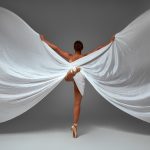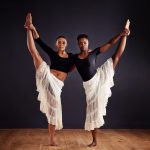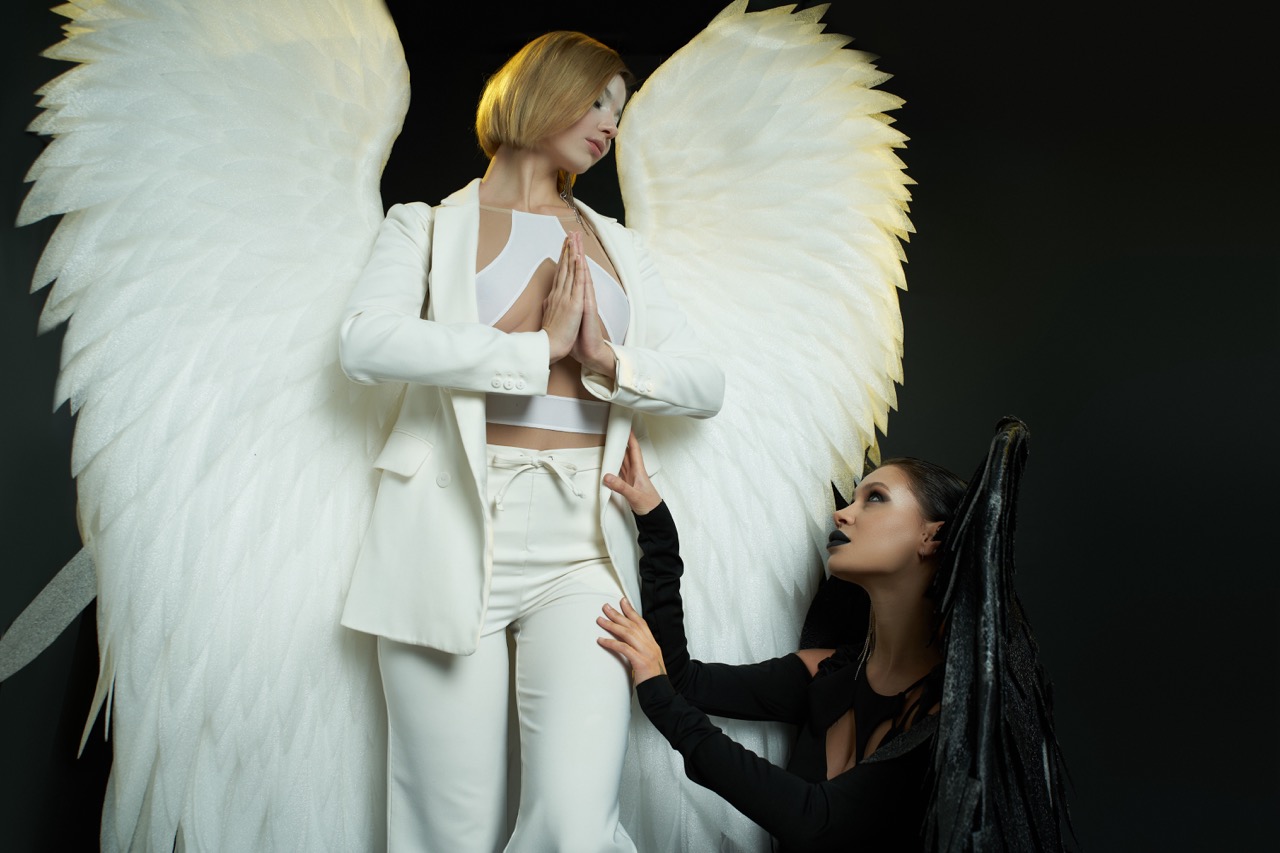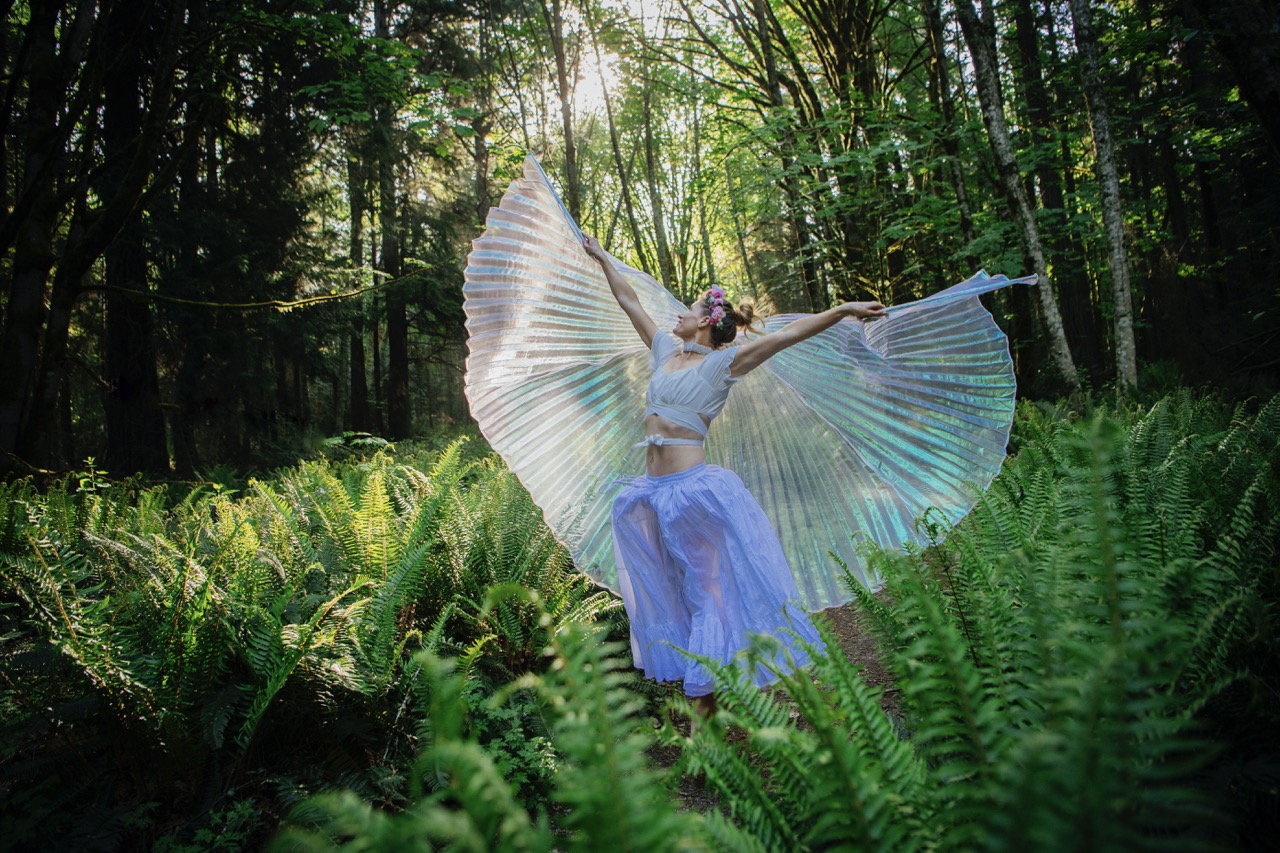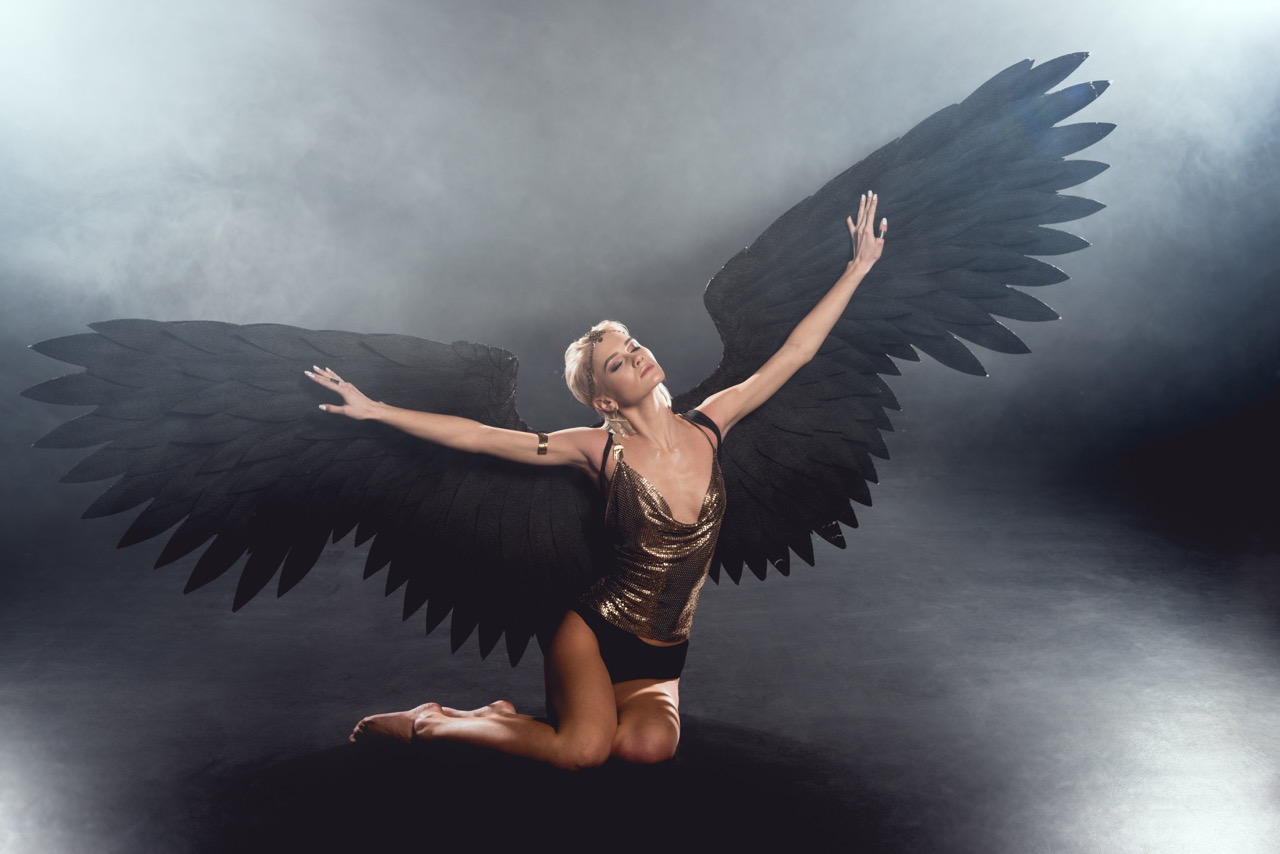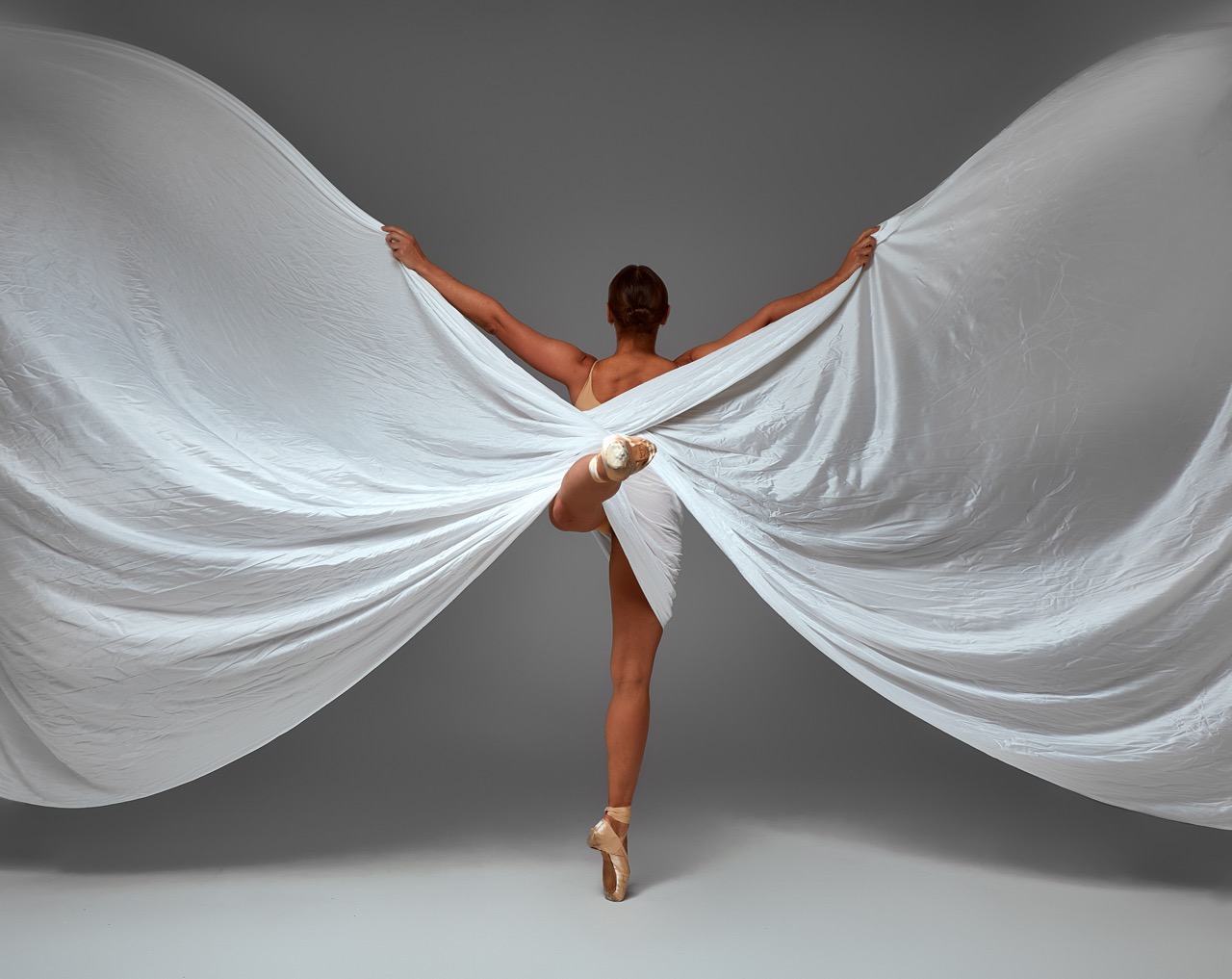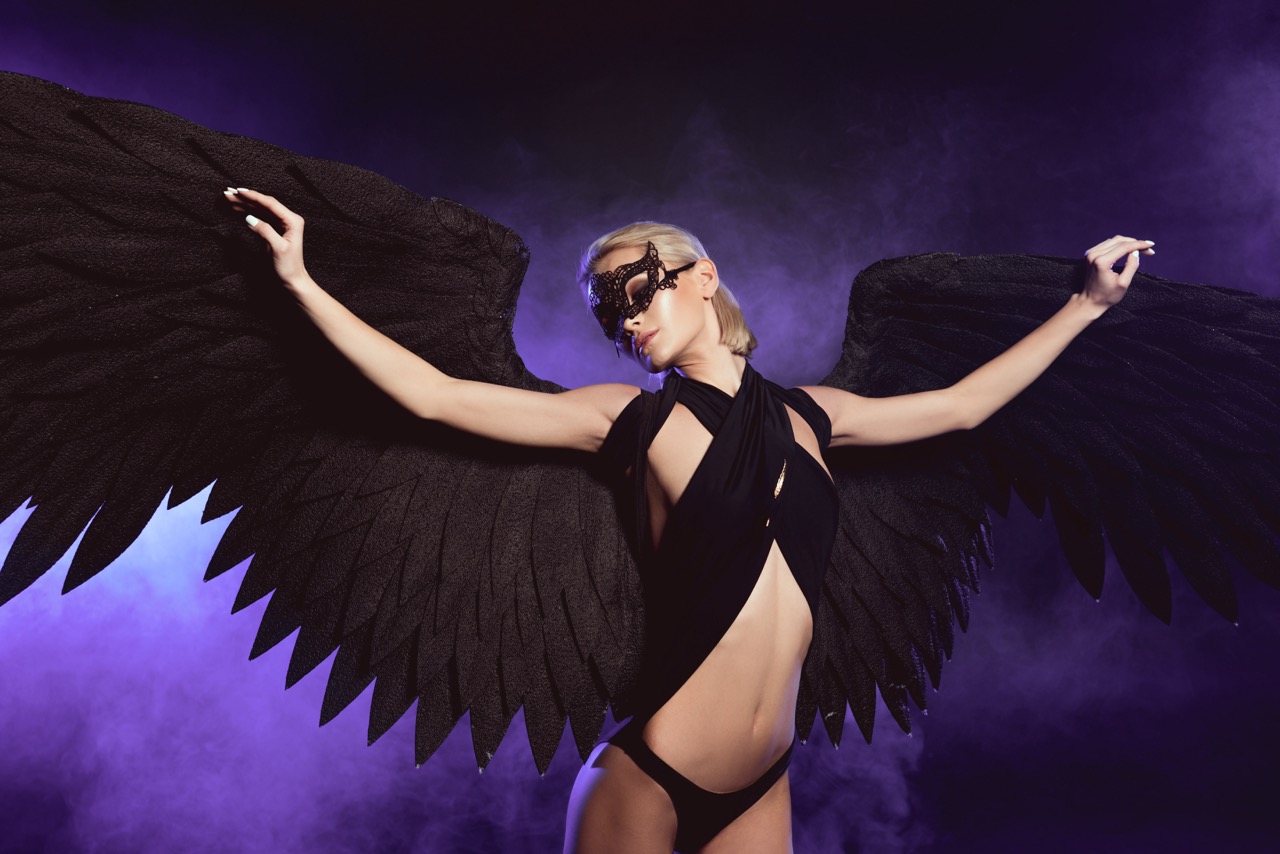The world of dance is a rich tapestry of culture, history, and innovation. Traditional winged costumes have long symbolized grace and ethereality, captivating audiences with their mesmerizing beauty. However, as modern dance evolves, so too must these iconic garments. Adapting traditional winged costumes for contemporary performances involves a delicate balance between preserving their historical elegance and incorporating modern techniques and aesthetics. This article explores how to breathe new life into these timeless designs, ensuring that they not only honor tradition but also resonate with today’s dynamic dance landscape.
Reimagining Elegance: The Fusion of Tradition and Modernity
Traditionally, winged costumes have been steeped in symbolism and cultural significance, often reflecting the majesty of birds or the ethereal nature of celestial beings. In adapting these costumes for modern dance, it is essential to maintain this sense of elegance while reinterpreting their form. Dancers can draw inspiration from various artistic movements, incorporating abstract shapes and asymmetrical designs that challenge conventional aesthetics. This fusion of styles allows for a fresh perspective while honoring the roots of the original garment.
Moreover, the narrative behind the performance can guide the redesign process. Dancers and choreographers can focus on themes that resonate with contemporary audiences, such as environmental concerns or personal identity, using the wings as a metaphor for transformation and freedom. The storytelling aspect of modern dance enables the wearer to imbue their costume with emotional depth, making the wings not just a visual element but also a vital part of the performance’s narrative arc.
Finally, collaboration is key in this reimagining process. Engaging with designers, artists, and choreographers can yield innovative ideas that blend traditional craftsmanship with contemporary art forms. Workshops and brainstorming sessions can lead to the development of unique concepts that reflect both the historical significance and modern relevance, creating costumes that are visually stunning and deeply meaningful.
Materials Matter: Choosing Lightweight Fabrics for Movement
When adapting traditional winged costumes for modern dance, the choice of materials plays a crucial role in the overall functionality and aesthetic of the garment. Traditional wings may have been crafted from heavier fabrics, which can restrict movement and inhibit the dancer’s performance. To ensure freedom of motion, modern adaptations should prioritize lightweight, breathable materials such as chiffon, organza, or even advanced synthetic fabrics that maintain structural integrity while allowing for fluidity.
In addition to weight, the properties of the fabrics can greatly influence the visual impact of the wings. Sheer materials can create an ethereal effect, allowing light to filter through and enhancing the dancers’ movements as they spin and leap. Incorporating elements like iridescent finishes or reflective surfaces can also add an exciting dynamic, creating visual interest that changes with the angle of light or the dancer’s position. This interplay of light and movement can elevate the performance, engaging the audience on multiple sensory levels.
Furthermore, sustainability is becoming increasingly important in the world of fashion and performance art. Dancers and designers should consider eco-friendly materials, such as organic cotton or recycled fabrics, which not only reduce environmental impact but also resonate with audiences who value sustainability. By choosing materials that are both functional and environmentally conscious, modern adaptations of traditional winged costumes can reflect contemporary values while still paying homage to their historical origins.
Innovative Techniques: Crafting Wings That Move with You
The process of crafting wings for modern dance requires a deep understanding of both design and functionality. Traditional methods often relied on rigid structures, which can limit a dancer’s range of motion. To overcome this challenge, designers can explore innovative techniques that allow the wings to move harmoniously with the body. Techniques such as incorporating flexible frames made from lightweight materials like aluminum or fiberglass can provide support while maintaining versatility.
Another approach is to utilize jointed or articulated designs that mimic the natural movement of wings. By using materials like elastic or fabric connectors, the wings can expand and contract, allowing for a more organic motion that follows the dancer’s movements. This not only enhances the visual effect but also empowers the performer to express a wider range of emotions and dynamics throughout their choreography.
Moreover, technology can play a pivotal role in creating modern winged costumes. Integrating elements such as LED lighting or programmable features can transform the wings into a dynamic part of the performance. This not only captivates the audience visually but also allows for seamless transitions in mood and atmosphere, amplifying the overall impact of the performance. As technology continues to evolve, the possibilities for innovative wing designs are limited only by the imagination of the artist.
Inspiring Performances: Bringing Your Vision to Life on Stage
The final step in adapting traditional winged costumes for modern dance lies in the actual performance. The wings, while stunning in their design, must also serve a purpose within the choreography. Dancers should work closely with choreographers to ensure that the movements of the wings complement and enhance the narrative intent of the piece. This collaborative approach allows for a seamless integration of the costume into the overall performance, making the costume an extension of the dancer’s expression.
Additionally, rehearsing with the wings in place is crucial for achieving the desired effect. The dancer must become familiar with the balance and weight of the costume to execute movements confidently and fluidly. This practice not only helps refine the choreography but also allows for adjustments to the costume itself, ensuring that it functions as intended during the performance. Feedback loops between dancers and costume designers can lead to last-minute improvements that enhance both the wearability and visual impact of the wings.
Ultimately, the goal is to create an unforgettable experience for the audience. The combination of traditional elegance and modern innovation in winged costumes can generate moments of breathtaking beauty, allowing performers to transport their viewers into new realms of emotion and storytelling. By embracing the past while celebrating the future, dancers can create performances that resonate deeply with audiences, fostering a sense of connection that transcends time and culture.
Adapting traditional winged costumes for modern dance is a journey that marries history with innovation, elegance with functionality. By carefully selecting materials, employing innovative techniques, and fostering collaboration, dancers and designers can create costumes that not only honor their roots but also captivate contemporary audiences. As the dance world continues to evolve, the fusion of tradition and modernity in winged costumes will serve as a powerful testament to the art form’s rich legacy and its boundless potential for creativity. Embrace the challenge, and let your wings soar!


